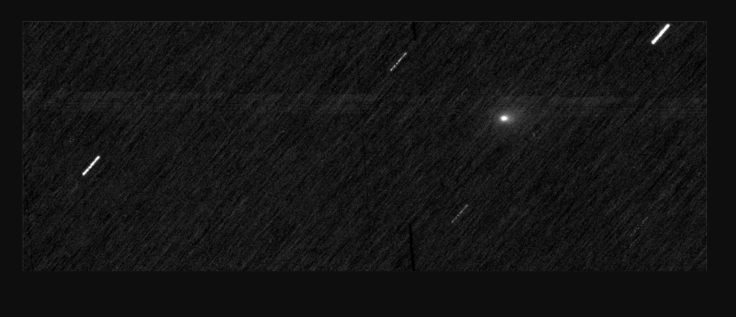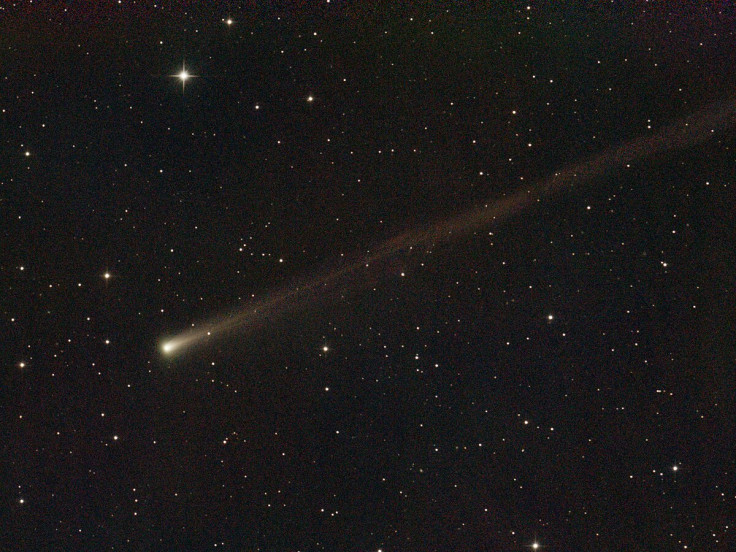3I/ATLAS Warning: Impact Zones Where Most Of The Population Lives
Which regions of Earth are most at risk from 3I/ATLAS?

The universe is vast and, for the most part, empty. That is why the appearance of an interstellar object (ISO) in our solar neighbourhood is so noteworthy. Named 3I/ATLAS, this cosmic visitor has been the toast of the astronomical community ever since its detection on 1 July, marking it as only the third ISO ever observed passing through our system.
Having recently navigated its closest approach to the Sun, 3I/ATLAS is currently charting a course that will take it past Earth. Crucially, astronomers confirm that it poses absolutely no threat to our planet, passing by at a distance considered entirely safe.
However, the event raises a terrifying hypothetical question: if an interstellar body were to slam into Earth, what regions would face its most devastating fury? Scientists, anticipating the possibility of future ISO impacts, have modelled the precise areas on our planet most susceptible to devastation by an interstellar visitor.
The findings are sobering, as they narrow the prospective 'bullseye' down to the areas where the majority of humanity resides.

Defining the Danger Zone: Low Latitudes and 3I/ATLAS
According to the findings of a new study, titled The Distribution of Earth-Impacting Interstellar Objects, low latitudes, which are the regions near the equator, face the greatest risk from an ISO impact.
The Northern Hemisphere, home to approximately 90 per cent of the global human population, is also vulnerable to an impact, although perhaps not as acutely as the equatorial belt. This means that if an interstellar object were to crash into Earth, the majority of the world's population could be killed by the sheer concentration of the risk zone.
The study, which is currently available online at arxiv.org and was first reported by Universe Today, details the complex calculations required to predict these celestial impacts. The researchers wrote, as part of their objective: 'In this paper, we calculate the expected orbital elements, radiants, and velocities of Earth-impacting interstellar objects'.
This methodology focuses on simulating a stream of objects to statistically determine which regions of the planet are most likely to intersect with their trajectories.
The outcome heavily favours an impact 'footprint' closer to the equator, presenting a high-risk scenario for numerous highly populated countries within that latitudinal band. These low-latitude regions encompass vast swathes of South America, Central Africa, and Southern Asia, making the potential for mass casualties alarmingly high.
The Origin of ISOs and the Kinematics of 3I/ATLAS
The scientists' calculations are primarily based on interstellar objects that originate in M-stars, also commonly known as red dwarfs. This focus is not arbitrary; M-stars are the most abundantly found stars throughout the Milky Way galaxy, making it statistically probable that the majority of ISOs would be ejected from such solar systems due to gravitational perturbations, the study's authors noted.
Therefore, understanding the kinematics of objects from these systems is key to predicting the trajectory of visitors like 3I/ATLAS.
The research also deduced that most ISOs are likely to approach Earth from two main directions in space: the solar apex and the galactic plane. The solar apex is defined as the direction of the Sun's own path as it moves through the Milky Way. The galactic plane, meanwhile, is the flat, disk-shaped region that the Milky Way occupies—and the region where the vast majority of our galaxy's stars are located.
By understanding the relative motion of Earth and the Sun in relation to these two major directional markers, scientists can refine their predictions for the arrival points and seasonal likelihood of an impact event.

Why Speed and Seasonality Determine Impact Probability
Interestingly, the interstellar objects that pose the most significant threat to Earth are predicted to move at much slower speeds upon arrival. This is due to a fascinating gravitational process: the Sun's powerful gravity can preferentially capture slower-moving objects, thereby shifting their orbital paths into Earth-crossing trajectories.
These objects, which have a higher likelihood of frequent impacts, are expected to arrive predominantly in the winter months, as at that time of year, Earth is positioned in a place where the Sun is moving away from.
In contrast, faster ISOs, while less likely to be 'captured' into an an Earth-crossing orbit by the Sun, are more likely to arrive in the spring. This seasonal difference is explained by the Earth's orbital position; in the spring, our planet is moving directly towards the solar apex.
This alignment increases the probability of intersecting with the higher-velocity ISOs that are streaming in from that general direction. The differential speeds and seasonal shifts are critical components of the risk assessment for objects like the hypothetical path of 3I/ATLAS.
While 3I/ATLAS will safely pass our world, the underlying science confirms that interstellar objects pose a perpetual, hypothetical threat to the most heavily populated regions of Earth, particularly the low-latitude belts spanning South America, Central Africa, and Southern Asia.
This research serves as a profound reminder that planetary defence is not merely about tracking objects currently orbiting our Sun, but about preparing for the vast, uncharted threats from beyond our solar system. We must continue to invest in global detection programmes and astronomical surveys to ensure the next interstellar visitor doesn't catch us by surprise.
© Copyright IBTimes 2025. All rights reserved.





















